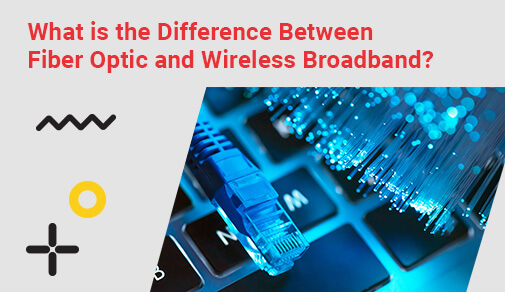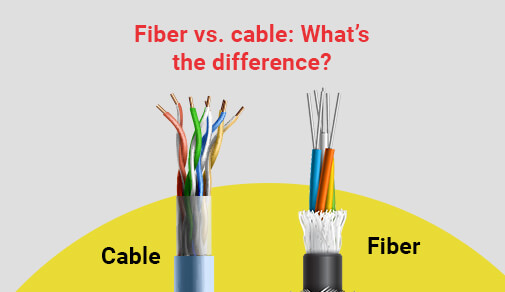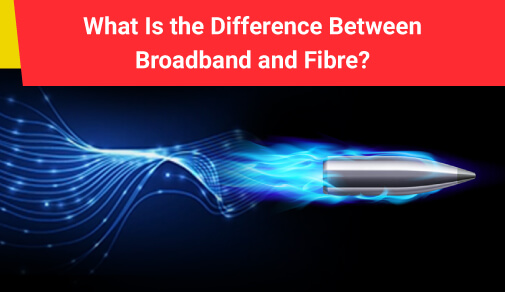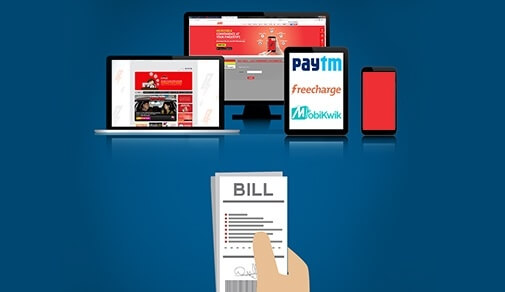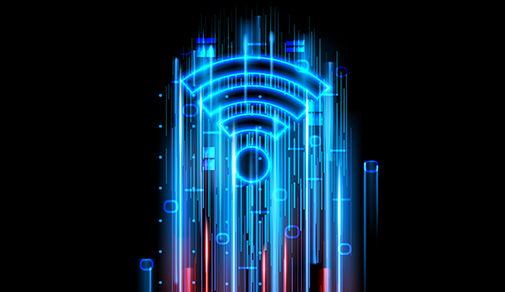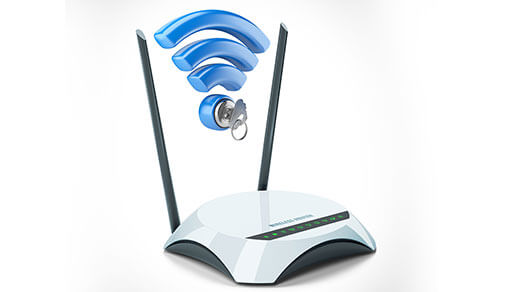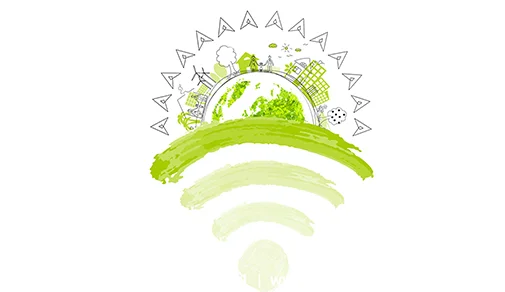
A study reveals that the internet and the systems supporting it accounts for 3.7% of the global greenhouse gas emissions. As such, it is of utmost importance that ISPs as well as consumers opt for a much more environment-friendly way of consuming internet services. Fiber-optic broadband has changed the game in recent times. Apart from carrying data at lightning-fast speeds, fiber optic cables also have a greener ecological impact on the environment.
Factors that make fiber optic broadband a greener alternative
The fiber optic cables use much less energy, reduces the carbon footprint in the environment, and are extremely sustainable than copper or coaxial cables. Here are some of the ingrained benefits of fiber-optic cables for the environment:
An environment-friendly substitute to copper wires
The copper wires used in DSL or cable internet are a product of copper mining. Copper mining has extremely harmful effects on the environment. For instance, copper mining results in the production of Sulfur Dioxide, which causes acid rain. Acid rain destroys crops, agricultural lands, vegetation, water quality, etc. It also causes poisoning of animals, destruction of their natural habitat, and some serious health complications for workers and people living in surrounding areas.
In contrast to this, fiber optic cables are made of glass. Silicon Dioxide, which creates glass, is found in abundance on earth, in things like sand, rocks, water, etc. Even if it is extracted from the depths of the earth, it does not lead to the production of harmful chemicals and byproducts, and thus, does not have a negative ecological impact.
A sustainable option
Using fiber-optic broadband is the perfect example of endorsing sustainability by internet service providers. The fiber optic cables are much more resistant to damages like degradation in quality caused by moisture and electrical interference, compared to other coaxial or copper cables. Thus, fiber networks require lesser repairs and last for decades on end.
Using fiber optic cables requires fewer raw materials and they also reduce the dependence on heavy metals like lead and mercury by companies. In case an up-gradation is required, companies can simply upgrade the technology used to send the electrical pulses of light, instead of changing the cables.
 Looking for an internet plans that
Looking for an internet plans that
offer 24x7 assured speeds?Connect now to get the best of broadband plans and get additional offers on:






Requires far lesser energy
Fiber optic cables consume far lesser energy than any other alternatives such as copper cables. In fact, the former consumes 12 times less energy in transmitting data across long distances using light, compared to the copper wires of the latter. This is because the electricity required for fiber optic cables to operate is nominal. On one hand, coaxial cables require up to 3.5 watts to carry data across a mere 100 meters. In contrast, fiber optic cables do not even require 1 watt to send data over a distance of 300 meters.
The more energy and electricity consumed, the more heat produced. In order to avoid overheating in the networks, and lower the rising temperatures, air conditioners are used. These air conditioners use up to 5000 watts in an hour. Using fiber cables decreases the need for air conditioners, thereby reducing energy consumption once again.
Reduces the emission of greenhouse gases
It is known that increasing greenhouse gases in the atmosphere lead to soaring temperatures that are detrimental to all life on earth. According to the Emissions Gap Report, 2019, India accounts for 7% of total greenhouse gas emissions in the world. By using the appropriate technology available, businesses and corporations can reduce the negative impact of greenhouse gases on the environment.
By reducing excess energy consumption, fiber optic cables lower the emission of harmful greenhouse gases like carbon dioxide into the atmosphere as well. For every gigabit of data sent through fiber optic cables, only 7g of carbon dioxide is released into the environment. Another way fiber optic cables contribute to lesser emission of greenhouse gases is by enabling the process of telecommuting. Telecommuting requires equally fast upload and download speeds which copper wires hardly ever provide. With the symmetrical upload and download speeds offered by fiber optics cable, telecommuting becomes much easier for working professionals.
Wrapping Up
Sustainability and ecological impacts should be the driving forces that determine each developmental project and initiative. At ACT Fibernet, we use the best fiber-optic technology to empower environment-friendliness and fast internet speeds. The fiber optic broadband services provided by ACT not only meets the bandwidth and speed requirements, but also stands out as a greener solution with the least negative ecological impacts.To make the shift to a greener choice, check out our fibernet plans here.
Be Part Of Our Network
All Categories
- BUSINESS INTERNET
- Router
- Internet Security
- Wi-Fi Connection
- Wi-Fi Network
- Internet Broadband
- smartfiber
- Internet Speed
- TV Streaming
- Wifi Connection
- BEST BROADBAND PLANS
- BROADBAND PLANS | 5GHz
- 2.4GHz
- 5GHz frequency
- 5GHz WiFi frequency
- 2.4GHz frequency
- LDRs
- LONG DISTANCE RELATIONSHIP
- ACT Fibernet
- wifi as a service
RECENT ARTICLES

Find the perfect internet plan for you!
